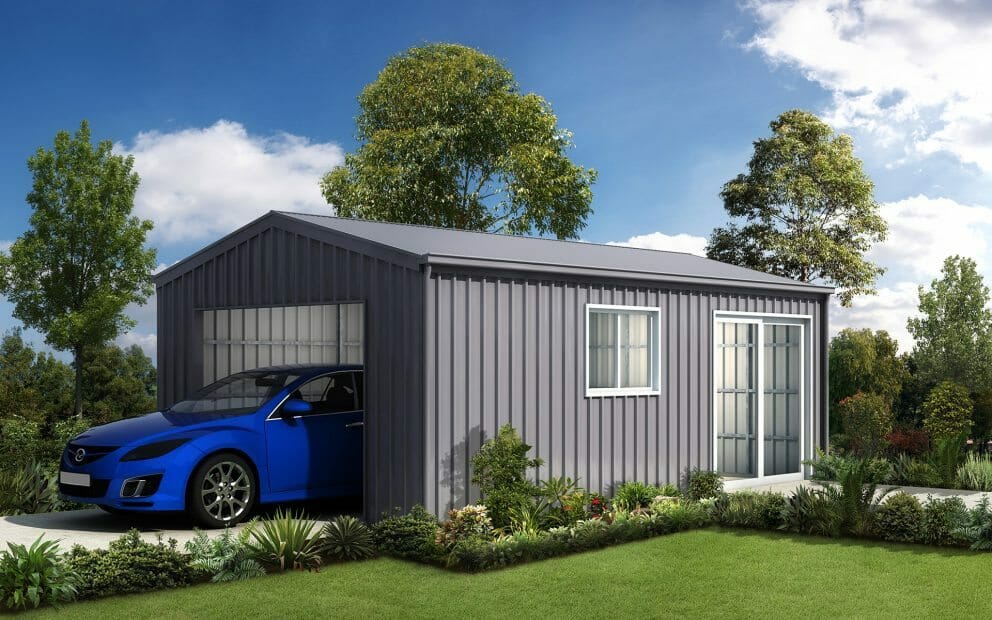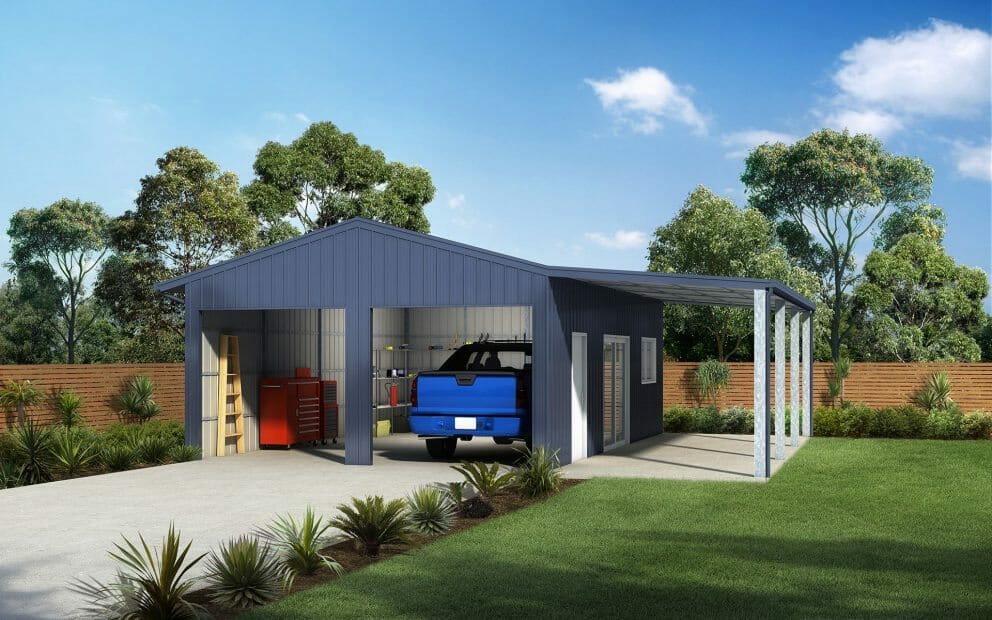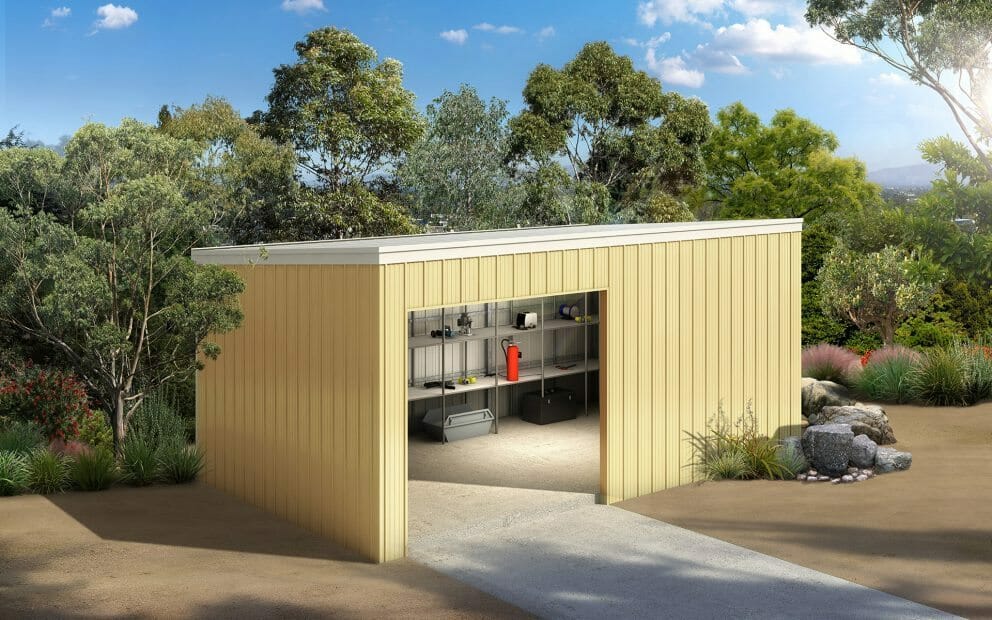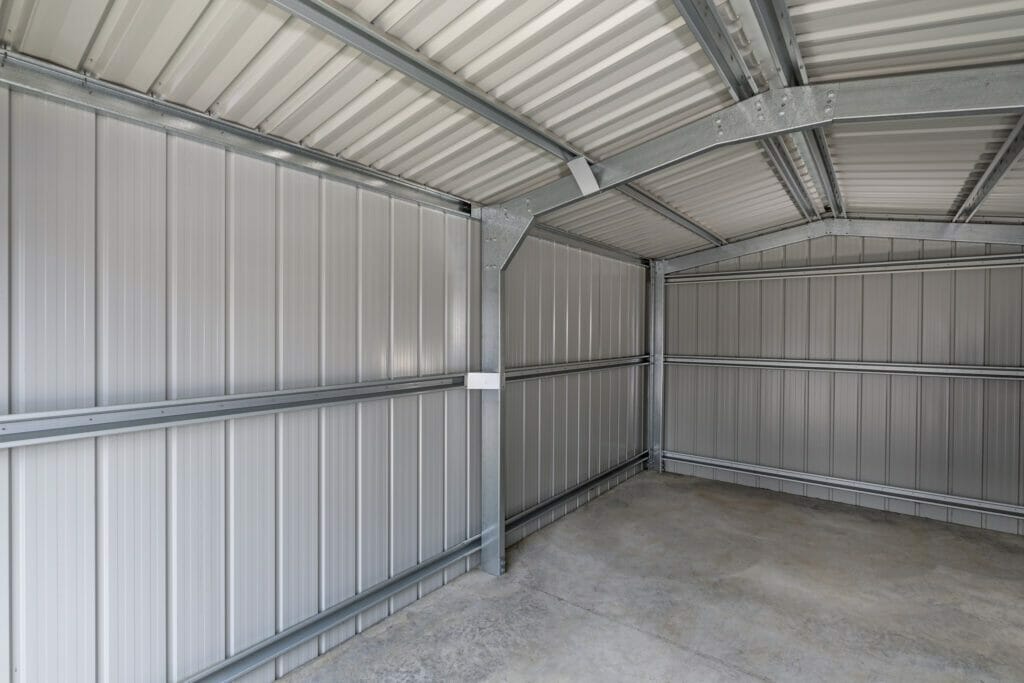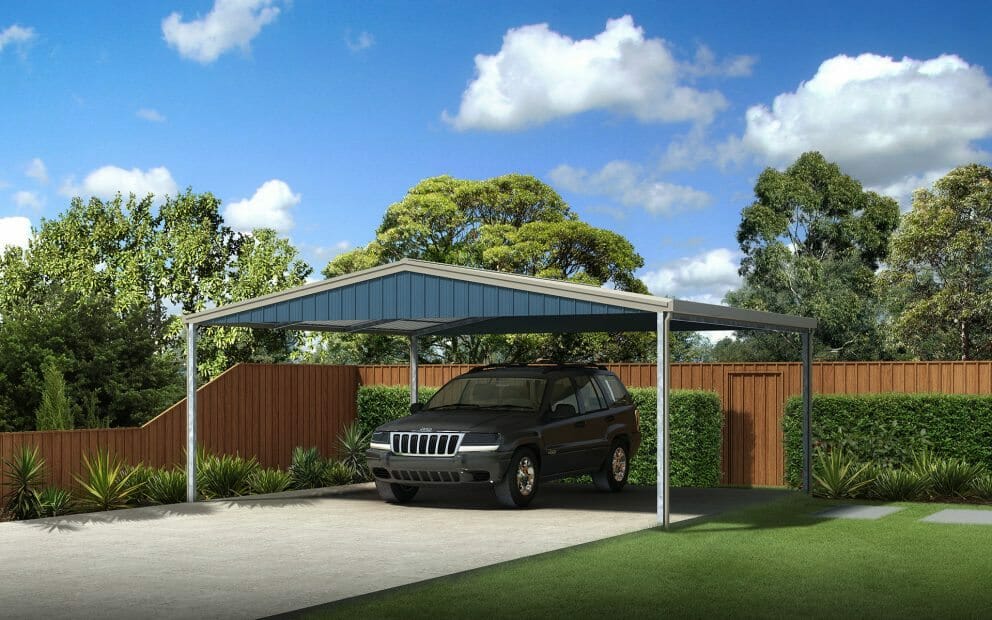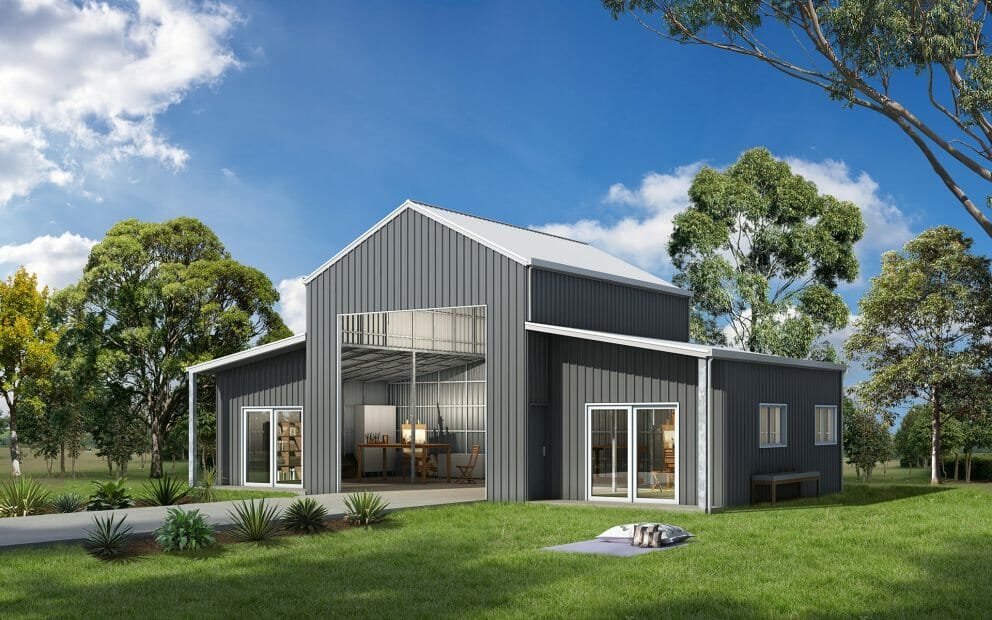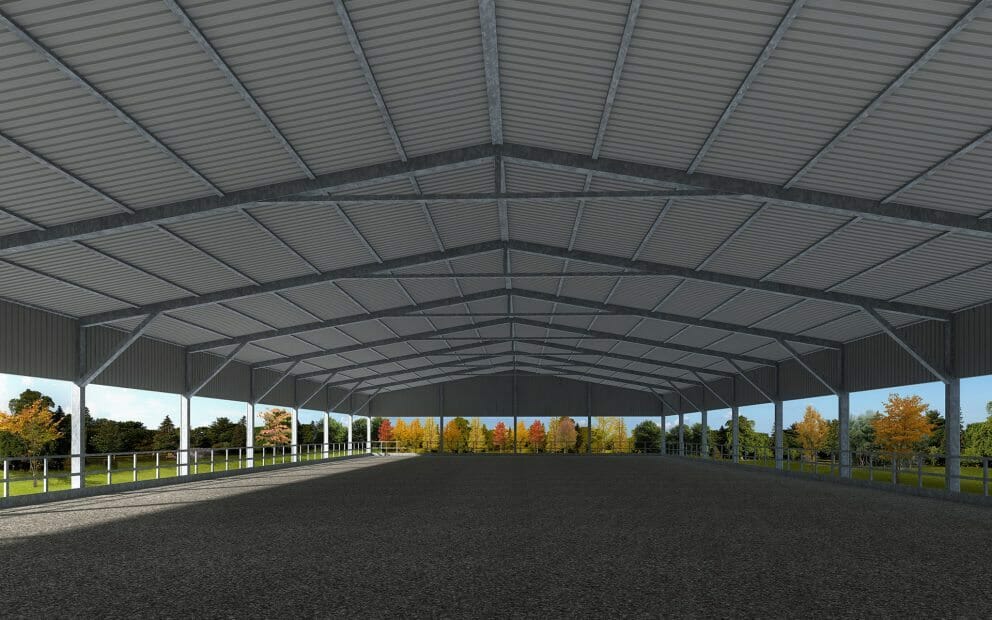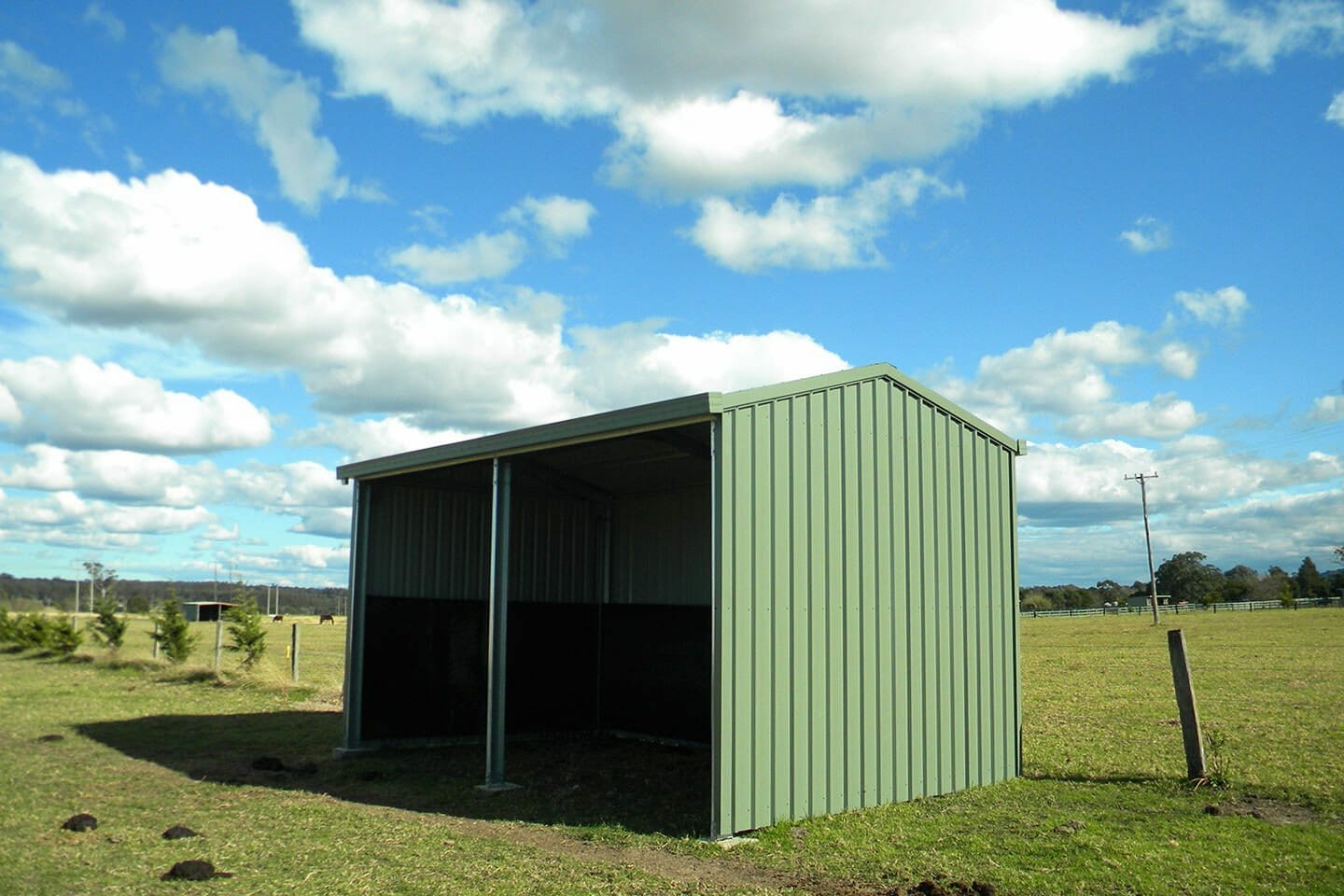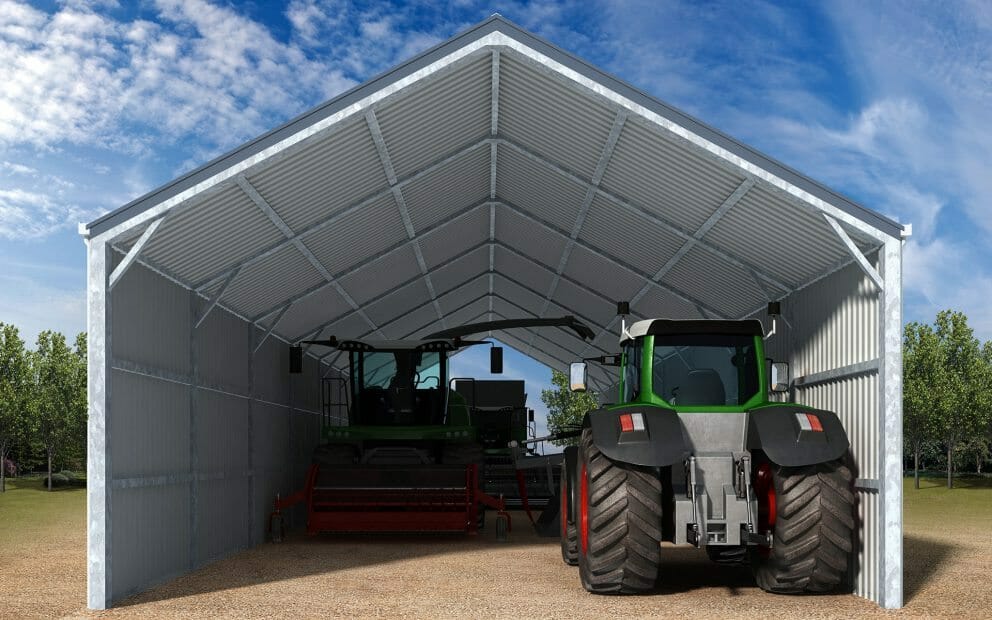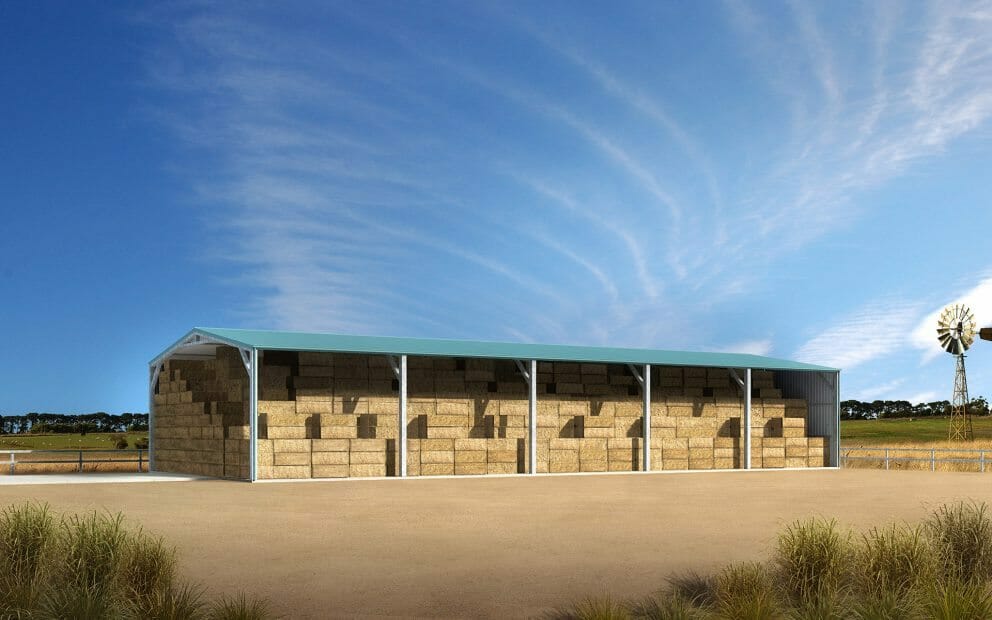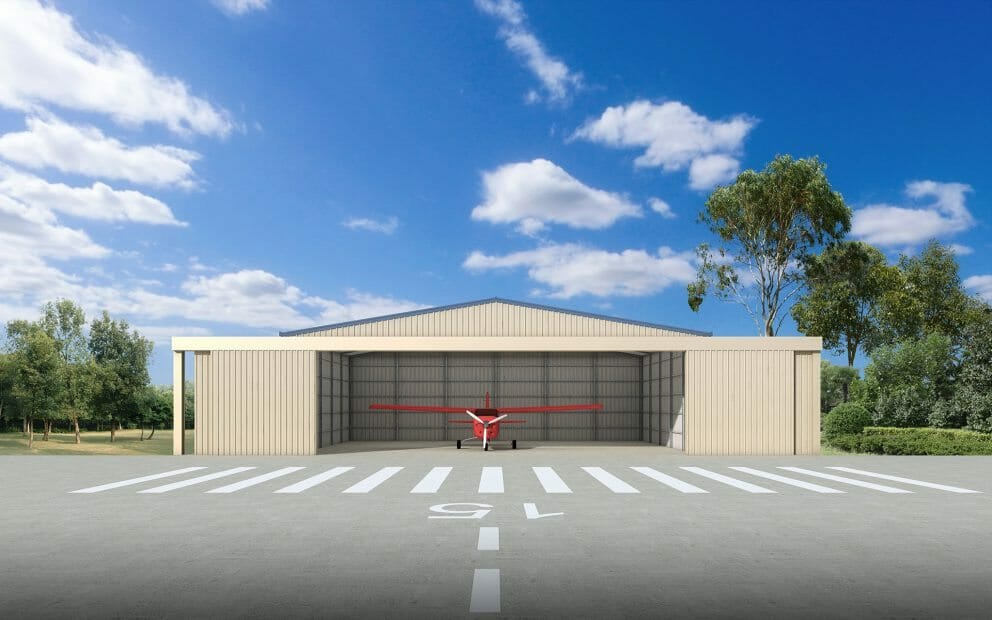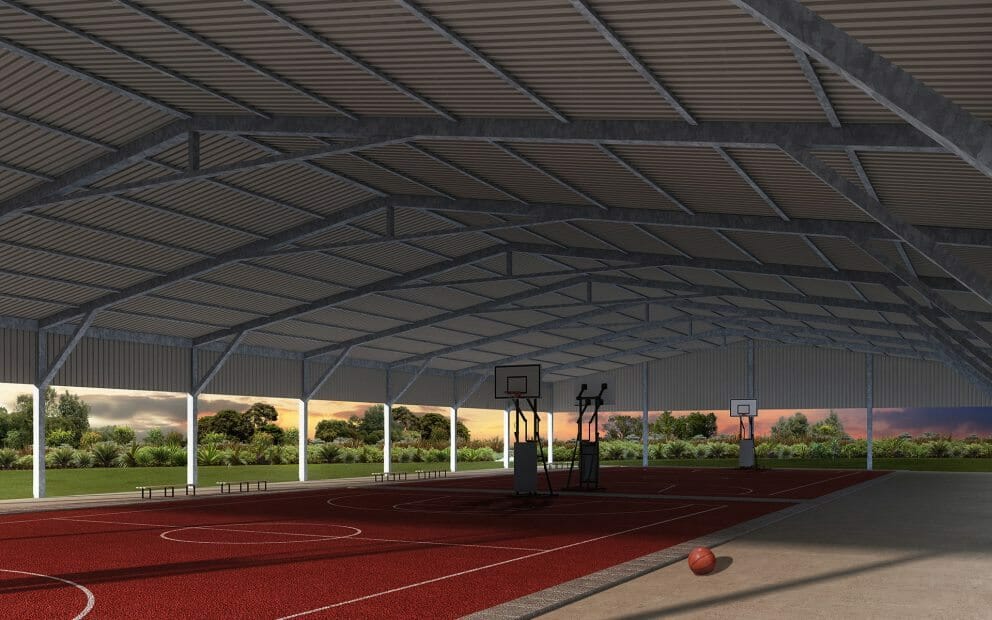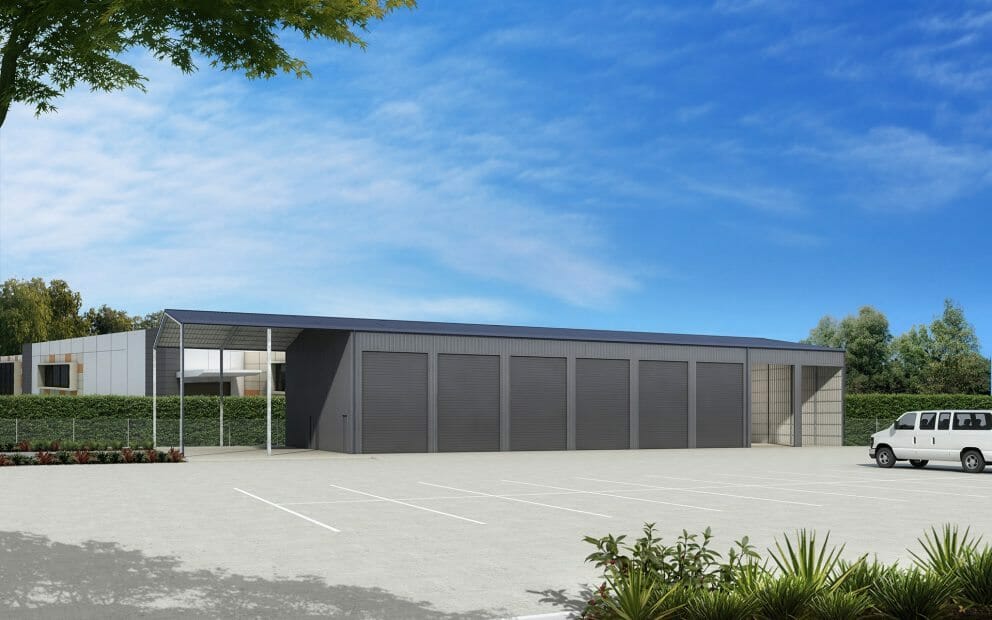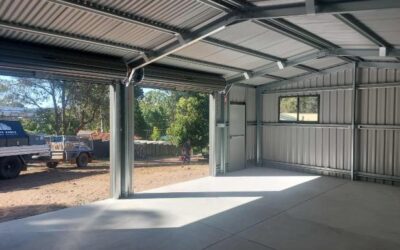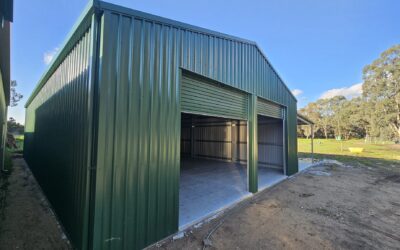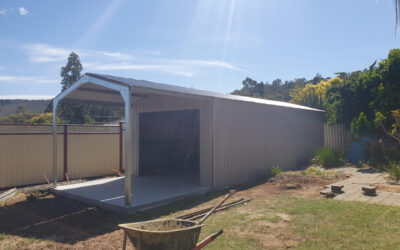The Big Guide to Sheds
This is your big guide to shed types; what they’re used for, and everything you need to know to get them built.
These days, there are seemingly endless different shed types to choose from. You’re often faced with many options on the market, with different designs, materials, even the screws used to hold it all together can be vastly different in quality and durability.
There are so many, we thought we’d put together this guide to break things down.
Residential Range
Residential sheds include your classic backyard shed or garage perfect for your car, DIY workshop, or even both. These shed types have multiple different applications from storage to a home workshop shed, or carport. With so many of us using our sheds for our hobbies – there’s plenty of room to customise your shed once it’s built – for more information check out our residential sheds page.
Single Car Garage
Size requirements: Minimum 3×6 metres
Council approval: easy
A double car garage can be used for storing an extra car, boat, or even as extra storage space. A double garage also gives you room to move vehicles, tools, and personal belongings with ease. If you do plan on installing a double car garage to house two working vehicles – make sure you’ve got enough space in front of your shed to move your vehicles in and out.
Double Car Garage
Size requirements: Minimum 6×6
Council approval: easy at 6×6, but more difficult as the footprint grows!
A double car garage can be used for storing an extra car, boat, or even as extra storage space. A double garage also gives you room to move vehicles, tools, and personal belongings with ease. If you do plan on installing a double car garage to house two working vehicles – make sure you’ve got enough space in front of your shed to move your vehicles in and out.
Garage and Workshop Sheds
Size requirements: From 3×3 to 15×15, 6×6 is a pretty good size.
Council approval: Easy for 3×3, very difficult for 15×15
Perhaps the most useful shed – because this is where the magic happens. A DIY workshop is the ideal place to hang out with mates and have a cold one. But it’s also where you finally get round to changing the alternator, finish that final coat, or change that dirty, dirty oil. Garage sheds and workshop sheds are often the most exciting sheds because they belong to you and your gear and let you do crazy stuff that you know wouldn’t go down anywhere in the house. If you plan on installing a car hoist, either for extra space or to satisfy your inner mechanic, then read our blog: Shed Heights and Car Hoists: The Breakdown.
Residential Storage Shed
Size requirements: Minimum of 3×3, up to as big as you need
Council approval: very easy, up to very difficult
Whether it’s to store your rake, broom, wheelbarrow, old documents, or items you’re not quite willing to throw in the bin yet, standard residential sheds are the answer. Residential sheds that meet certain requirements don’t need planning permission to go ahead – making the whole process super quick. Make sure you check out our blog on planning permission to make sure you’re above board.
Carports
Size requirements: 3×6 (single), 6×6 (double)
Council approval: easy
Carports are simple structures that protect vehicles, boats, and other equipment from the rain, sun and hail, and come either freestanding or attached to an existing garage or the side of your home. A carport can also serve as a chill-out area – or if you’ve got a party planned – set up the DJ corner and hitch up a disco ball to the roof and let the good times roll.
Equine Range
For landowners, our equine sheds range has multiple applications besides housing horses. From day-to-day care and housing, to training and feeding – equine sheds are designed to fulfil a range of different needs for the animals and for us humans. For more on our equine range visit here.
Stables and Barns
Size requirements: 12m span is a good size, but can be as much as needed.
Council approval: medium difficulty
Stables and barns serve as the central hub of all animal-related activities – from day to day housing, feeding, and grooming. But they can also be used for a range of other activities – such as storage for hay, boats, car garage, or even a large games room. Two main barn shed types are available – the American and Australian Barn range. Both typically include extra customisable features such as mezzanine floors for dry storage, stable panels to separate animals, food bins, and extra ventilation options.
Riding Arenas
Size requirements: Enough to cover the yard!
Council approval: medium difficulty
Riding arenas are an essential part of any riding school, equestrian centre, or riding club providing a covered area to ride all year round. These shed types can span up to 36 metres with bay lengths reaching 9 metres. Riding arenas serve a range of important applications for equine businesses – from facilitating classes, training, and entertainment purposes.
Horse Shelters
Size requirements: 3×3 minimum
Council approval: easy
Horse shelters are low-maintenance sheds designed to cover animals in a paddock. Horse shelters are fully customisable with the option of a gable, flat, or sloped roof depending on the owner’s preferences. For more on our horse shelters and stable buildings check out this.
Rural Range
Rural sheds are the backbone of our farming and agricultural sector – with many applications from storage of farm machinery, grains, raw materials, hay and even animals. This range is one of the most versatile and common shed types in Australia. Check out our rural range here.
Machinery Sheds
Size requirements: as required
Council approval: medium/high difficulty
Machinery sheds are an important investment and focal point for any farmer, landowner, or equipment dealer. Machinery including tractors, vehicles, forklifts, production equipment, and other key assets need to be stored somewhere and a machinery shed serves this purpose and more. This makes it just as important as the machinery itself. Structural stability, safety, and security are all key aspects of a machinery shed – requiring it to be built to the highest standard. Machinery sheds can also serve seasonal purposes such as facilitating wine bottling.
Hay Sheds
Council approval: easy
Hay is an important resource for farmers. Storing hay over the winter period may sound like a simple task – but having the right shed is essential to ensure it stays dry, and free from potential pests. Hay sheds can also have alternating applications from season to season – depending on the needs of the farmer. As such, they are fully customisable – with multiple different roof configurations, sizes, and heights.
Storage Sheds
Size requirements: as required
Council approval: easy
Storage sheds fulfil multiple functions from housing equipment, machinery, vehicles, and other assets. Whether it’s a construction firm, vineyard, farm, or even a local restaurant – storage sheds are an essential component of business operations in Australia. They support businesses and private landowners carry out their activities. Storage sheds are therefore highly customisable. They are often built to support optional extras to serve the individual needs of the client.
Commercial Range
Commercial shed types are larger sheds with a distinct use either for a company, local council or industrial firm. They often cater to larger groups of people in the workforce and are customised to fit the activity in question. For more on our commercial shed range – just click here.
Aircraft Hangars
Aircraft hangars serve as protective cover and storage facilities for small and large aircraft when they’re not in regular use or require routine or spot maintenance. Given their important function, they are designed to meet the needs of the aircraft in question. Aircraft hangars don’t just have to be a storage facility. Their application can extend also to serve as a meeting place, with an office, or even a games room to entertain guests.
Covered Outdoor Learning Areas (COLAS)
Aircraft hangars serve as protective cover and storage facilities for small and large aircraft when they’re not in regular use or require routine or spot maintenance. Given their important function, they are designed to meet the needs of the aircraft in question. Aircraft hangars don’t just have to be a storage facility. Their application can extend also to serve as a meeting place, with an office, or even a games room to entertain guests.
Industrial Sheds
Industrial sheds are critical to our infrastructure, supply chain, and economic growth. Whether that’s storing raw materials, heavy machinery, facilitating refinement or transfer of goods, industrial sheds have multiple applications that fulfil the needs of businesses and firms around Australia. Industrial sheds are usually custom-built to meet the individual needs of the landowner or business.
FAQ
Got a burning question that can’t wait? Give our team at Spinifex Sheds a call. We’ll be happy to assist.
How Do I Know if I’m Getting a Good Deal on My Shed?
Finding a trusted builder is essential when building a new shed. Getting this right from the start can save you time, money, and stress. Start by comparing shed quotes. Here’s how to find out if you’re getting a good deal or not.
Do I Need Planning Permission for an Agricultural Shed?
If your planned shed deviates from local design codes you will need planning permission before going ahead. Always check with your local authority before going ahead. Find out more about planning permission here.
Should the Concrete Slab Be Laid Before the Shed Is Built?
Yes, the concrete slab should be laid down and set before the construction of the shed begins. Constructing the walls of the shed prematurely and then pouring the slab can compromise the structure and integrity of your materials. Find out more on our blog: Concrete slabs for sheds – everything you need to know.
Does My Shed Need Ventilation?
Ventilation is always important. Your shed is no different. Whether it’s a home workshop, garage, or rural shed – ensuring proper ventilation is essential for the health and well-being of anyone working in it. Learn more about why ventilation is important here.
What’s the Difference Between Planning Permission and Council Approval?
Council approval is what you need to ensure your shed complies with the National Construction Codes. Planning approval, on the other hand, is a separate process for when your shed fails to meet the local residential design codes and policies. Find out more here.
What Council Approval Do I Need for My Shed?
Depending on your property size and location – different laws may apply. Check with your local council or ask the experts here at Spinifex Sheds. Read more on council approvals for sheds here.
Know Your Shed Type? Reach Out to the Experts
Got a handle on which shed is right for you? Perhaps you’ve still got a question on your mind? Our team here at Spinifex Sheds are ready to take your call. We’ll be happy to speak about your plans and give you a quote – just dial in on (08) 9390 4662.
Alternatively if you want to speak in person and take advantage of our free on site quote – just get in contact here.
Similar Articles
How to Build a Machinery Farm Shed (Properly)
Machinery is the backbone of any farm. Tractors, headers, sprayers, seeders. These are big investments that keep everything moving. Leaving them out in the weather or under a flimsy shed leads to rust, costly repairs, and downtime when you least need it.
Do You Need Council Approval for a Shed in WA?
If you’re building a shed in WA, whether it’s for tools, a weekend project space, or proper machinery storage, you’ll need to think about more than just the design. One of the first questions you’ll come up against is:
How to Waterproof a Shed?
A proper shed is built to last, not to leak. But if you’ve got a shed that’s not holding up against the elements, or you want to make sure your new shed is watertight from day one, here’s what you need to know about how to waterproof a shed the right way, with proper materials, expert construction, and long-term durability in mind.
